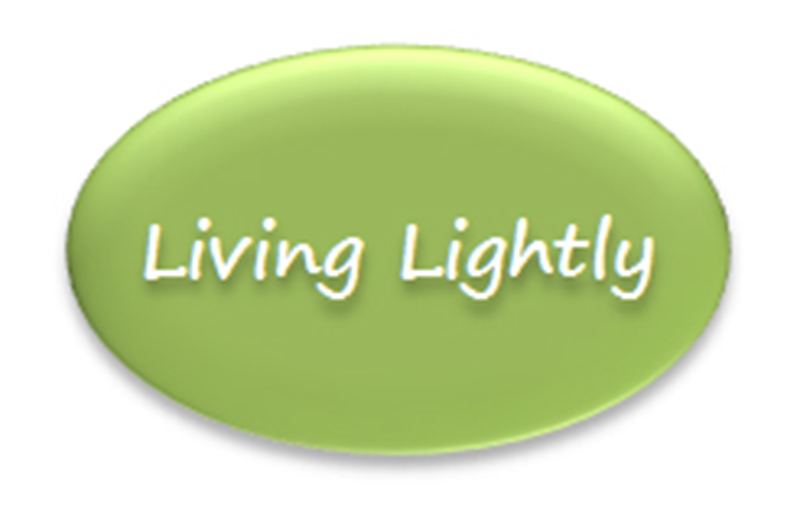By Lauriston Muirhead
If you think tipping points relate to the etiquette of how to politely pay a gratuity at a restaurant, then this may not be for you! For the purpose of this article, the tipping points referred to here are in relation to climate change. The term usually describes what happens when a seemingly small change made to a system, results in a disproportionately large change.
Think of a glass of water being pushed, a centimetre at a time, along a table. For a while, all that happens is that the glass moves horizontally and slowly along the table. However, there comes an immovable physical point (the edge of the table) when the glass suddenly falls down many centimetres and smashes to the floor. You can honestly say “but I only moved it another centimetre”. Once the tipping point is past, it is impossible to return the situation to how it was only one centimetre before.
One of the most important, immovable and undeniable tipping points is around zero degrees centigrade – because so much of our world is made of, or depends on, water. Below zero, water is solid – ice. Above zero, water is liquid. Pity the poor polar bear whose once happy hunting ground turns to water.
But it is not just polar bears! Much of our own world changes dramatically when water turns from solid to liquid. For example, any ice and snow above the sea melts and raises sea levels.
Ice and snow in the Himalayas, which traditionally holds the precipitation of the wet season and naturally irrigates the agricultural systems of more than a billion people through the dry season, will run off causing devastating floods for half the year and drought the other half. Those billion people live in three nuclear armed countries (China, India and Pakistan) who may fight for resources.
In the northern hemisphere, vast areas of frozen vegetation known as permafrost will melt and rot – releasing methane, resulting in more heating of the planet. Ice and snow is bright, white, and reflective whereas melted ice and snow becomes heat absorbing transparent water, creating warmer temperatures that cause more ice melt. And so it goes on.
We risk crossing many other tipping points as we warm our world. It will not help when we’ve broken it and say “but we only moved it another degree”.

